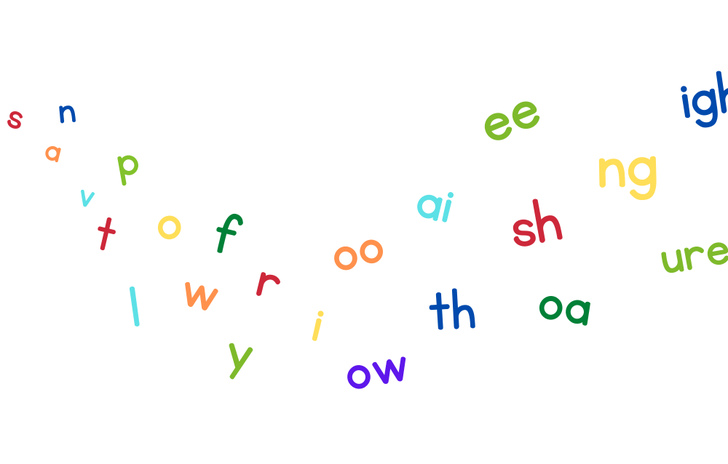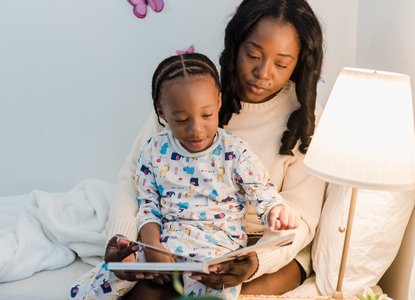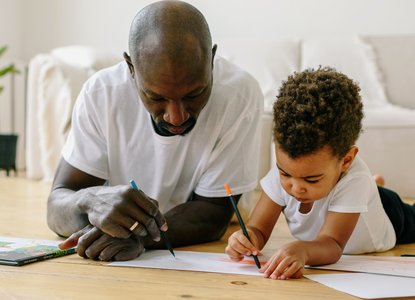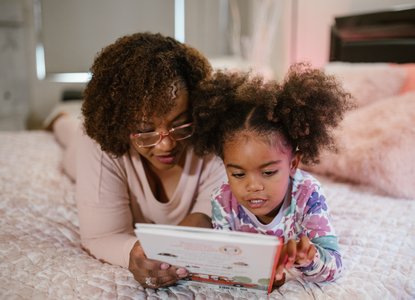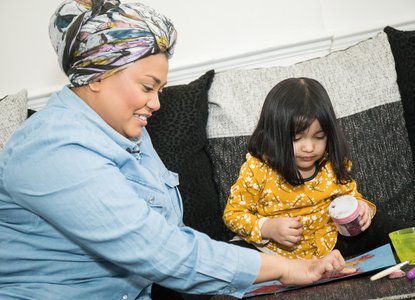If your little ones have started school for the first time they will be learning to read and write using phonics. Phonics teaches children to read individual letters and groups of letters by saying the sounds they make.
You can support your child’s phonics learning at home in a number of ways:
- Ask your child’s teacher for activities and advice on how best to support your child’s reading and writing
- Read with your child every day encouraging them to sound out words as their reading develops
- Support their comprehension by asking questions about the story such as ‘what just happened?’ and ‘what do you think might happen next?’
- Repeat! Reading your child’s favourite books again and again will help your child to get to know the story and support their learning
- Watch the videos below from our volunteer Literacy Champions in our Read On Nottingham Literacy Hub to learn phonics together at home.
What is Phonics?
Phonics is a way of teaching children how to read and write the English language. It teaches children to read individual letters (e.g. a, s, t) and groups of letters (e.g. oo, sh, igh) by saying the sounds they make. They then learn how to blend the sounds to make the words they are reading or writing.
For example, if a child knows the sounds for t, p, a and s, they can build up the words "tap", "pat", "pats", "taps" and "sat".
Phonics lingo and info
- What is a phoneme? This is the smallest unit of sound in a word
- What is a grapheme? This is the written representation of a phoneme
- There are 44 phonemes in spoken English
- What is a digraph? This is two letters which combine to make one sound (e.g. ch in chip)
- What is a trigraph? This is three letters which combine to make one sound (e.g. air in hair)
Watch the Literacy Champion videos
Read On Nottingham Literacy Champions Mehnaz and Dee (behind the camera) have teamed up to support families to learn phonics together at home. Find out more on the Read On Nottingham website.
Schools in different areas sometimes have different ways they teach phonics so do reach out to your child’s teacher if you have questions on supporting phonics at home.
